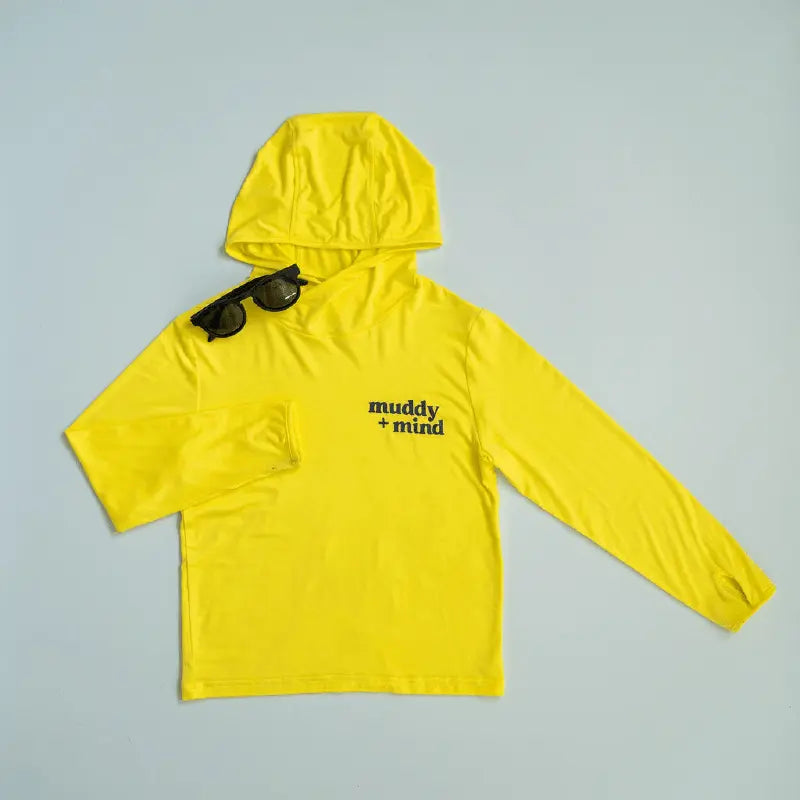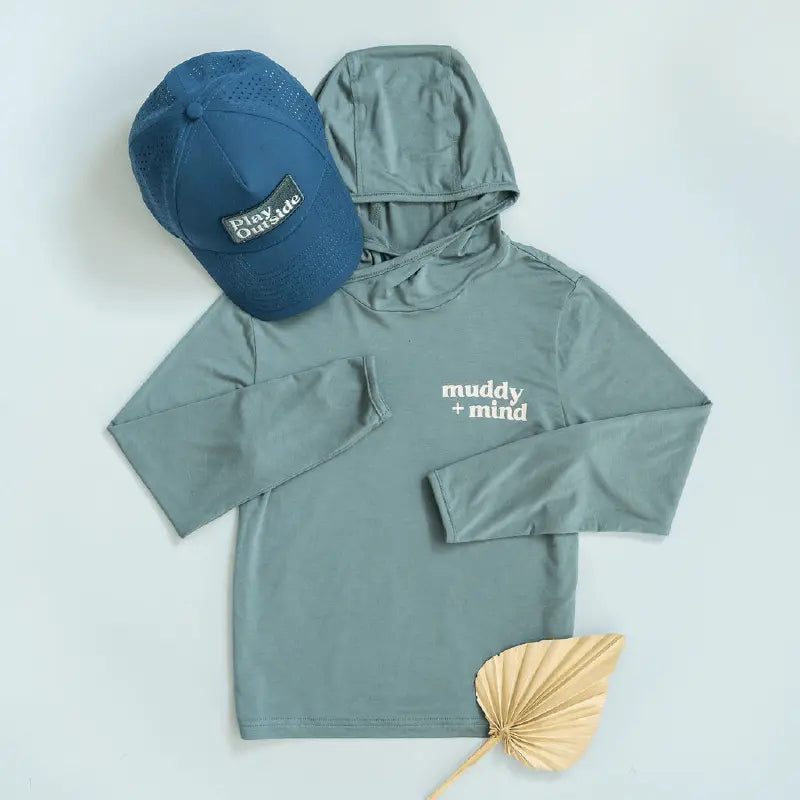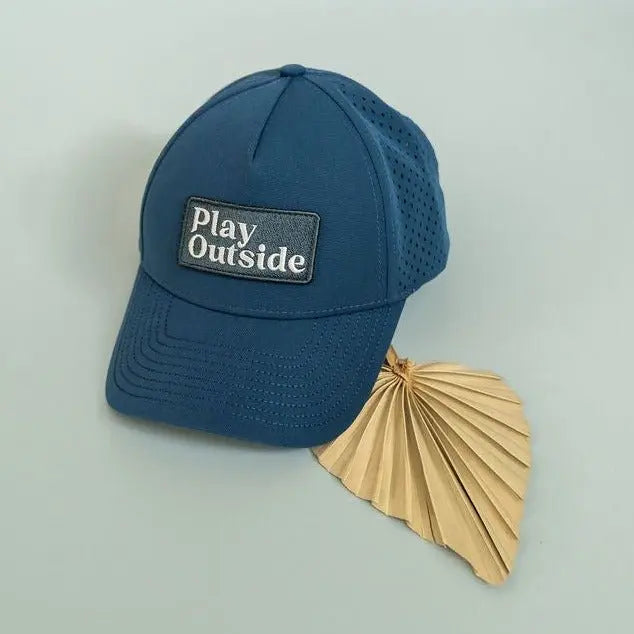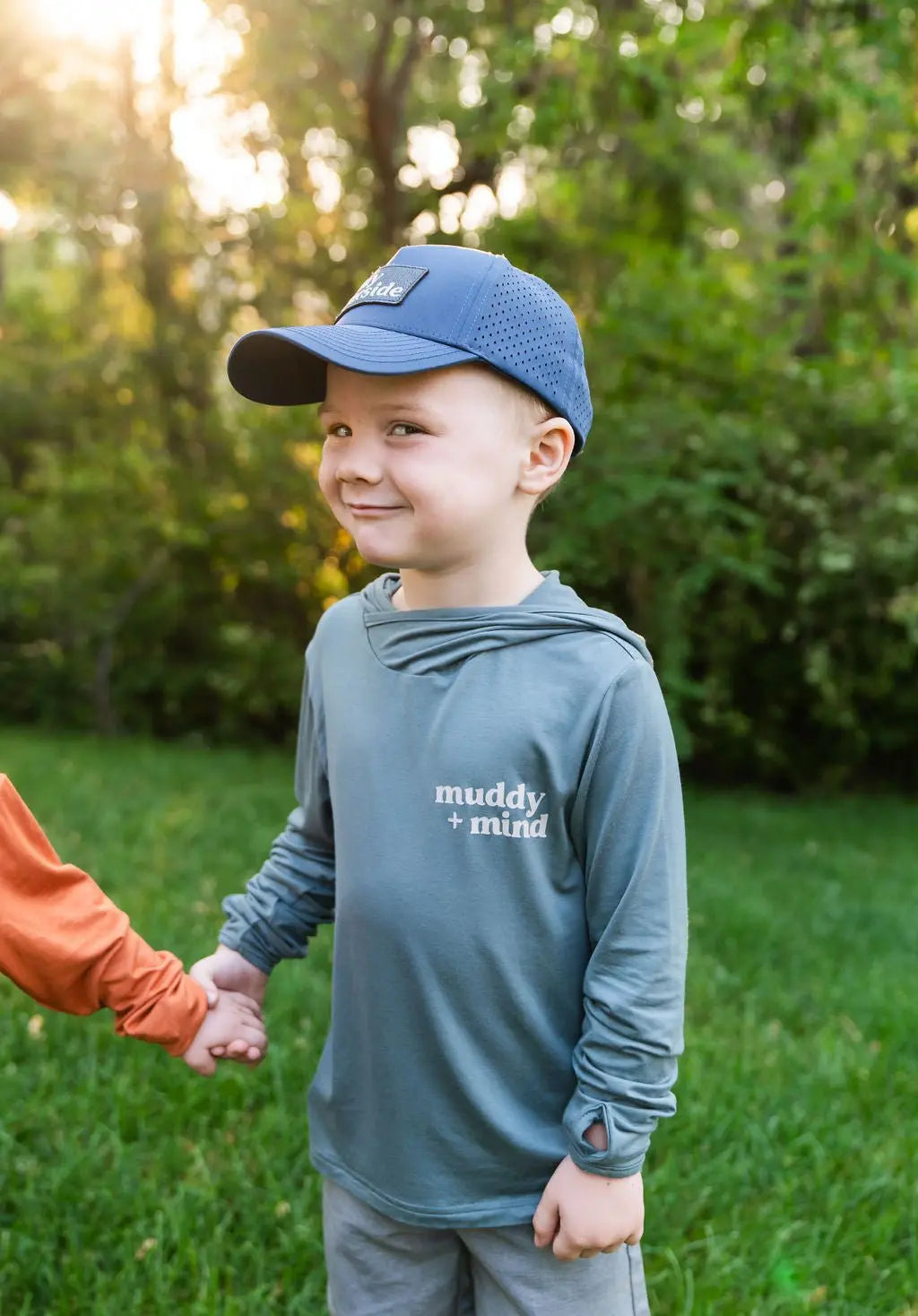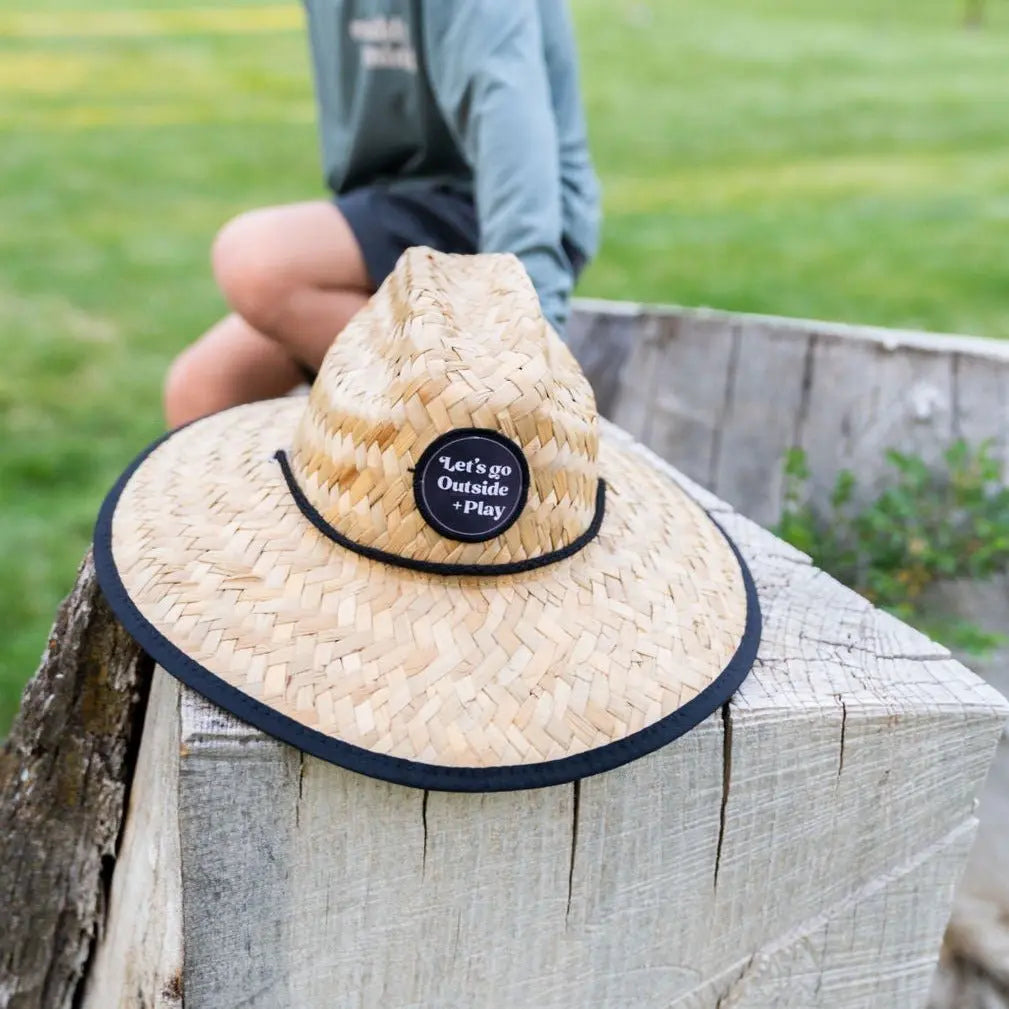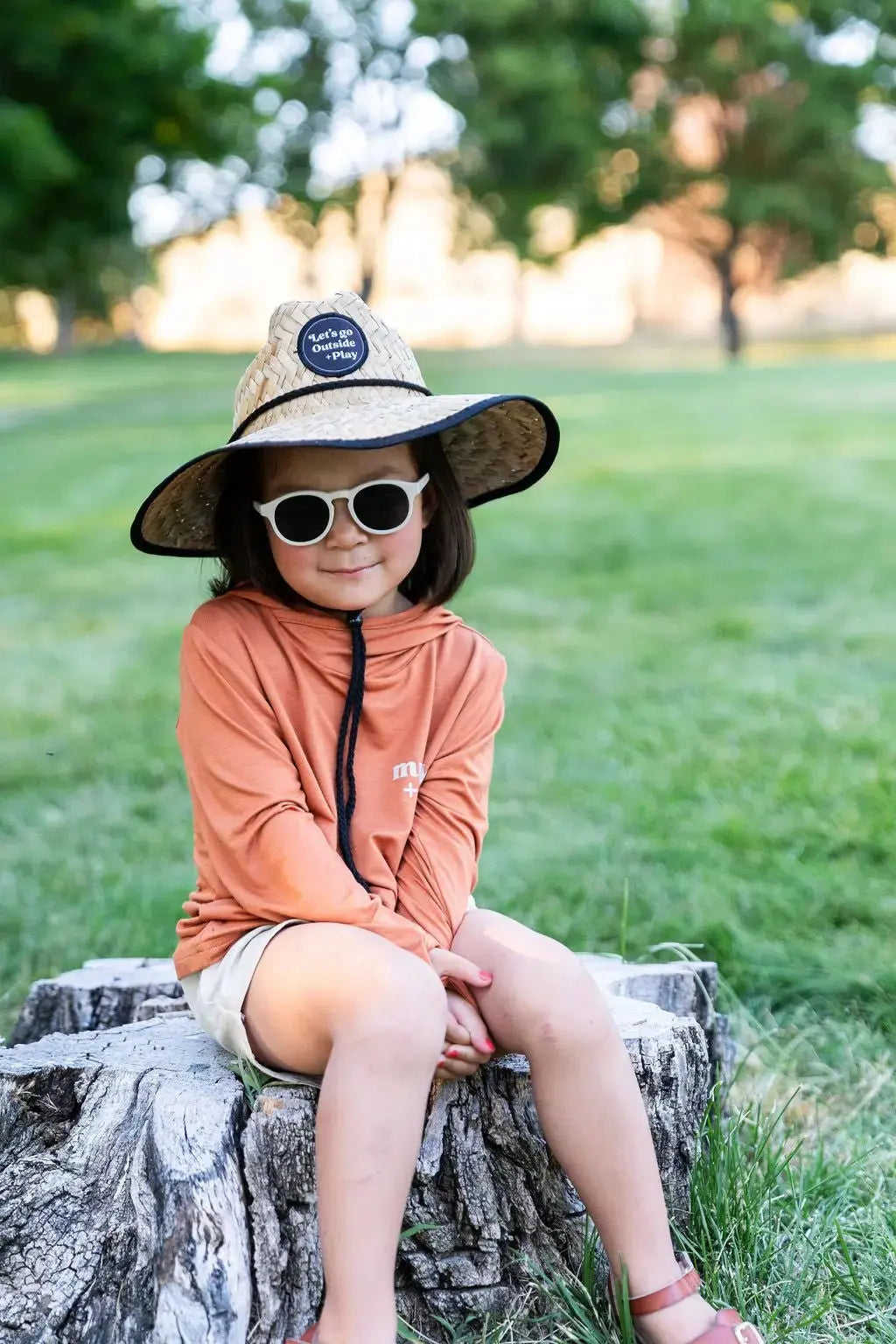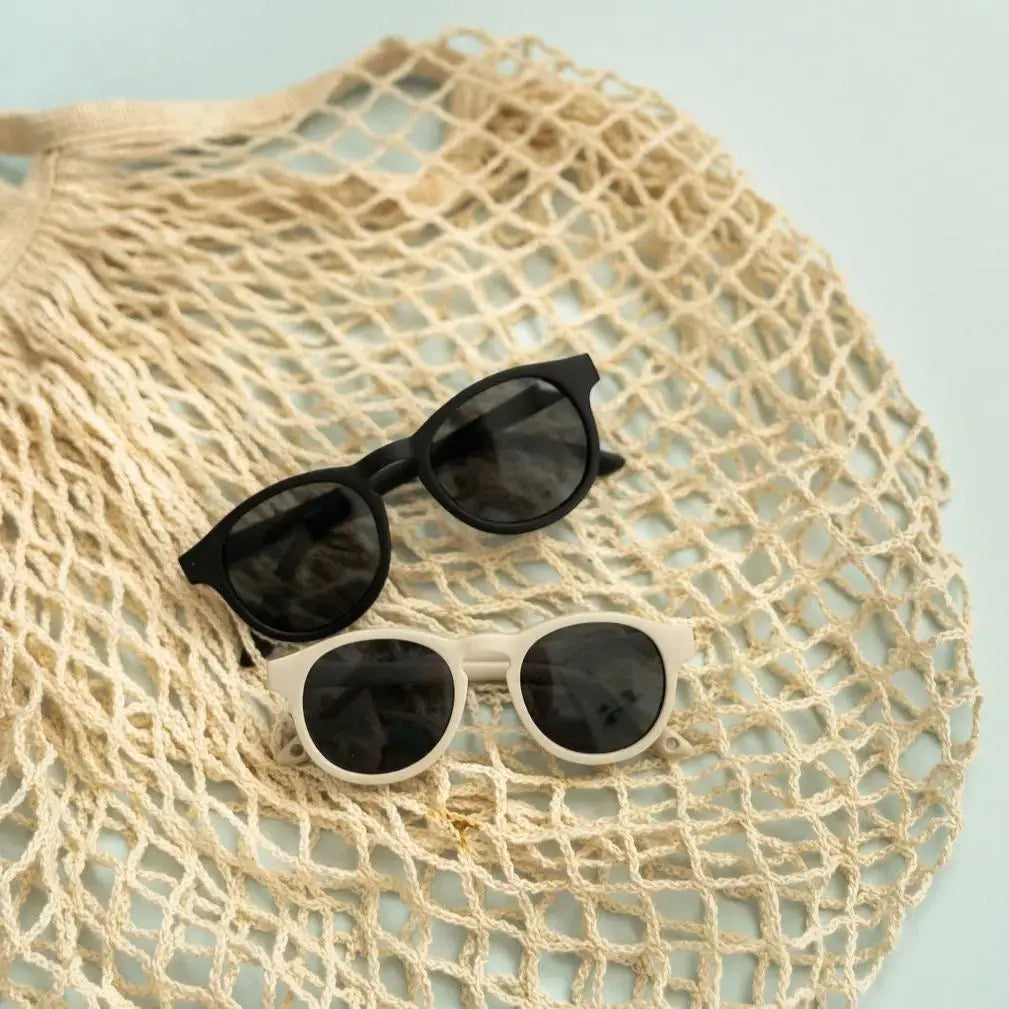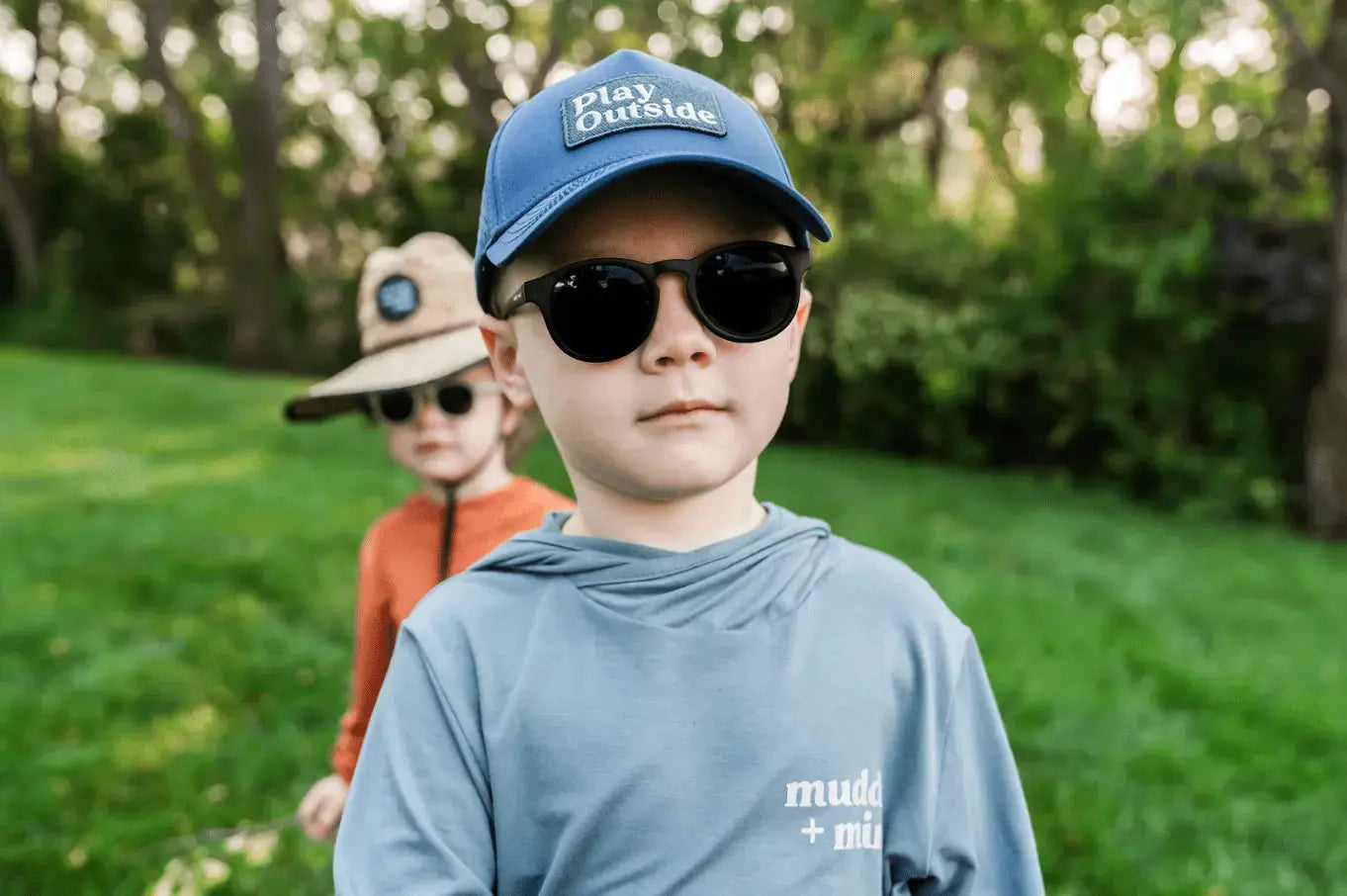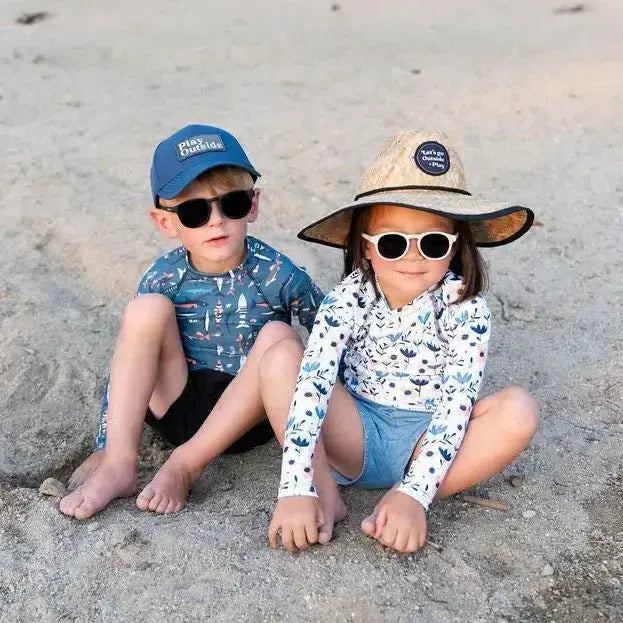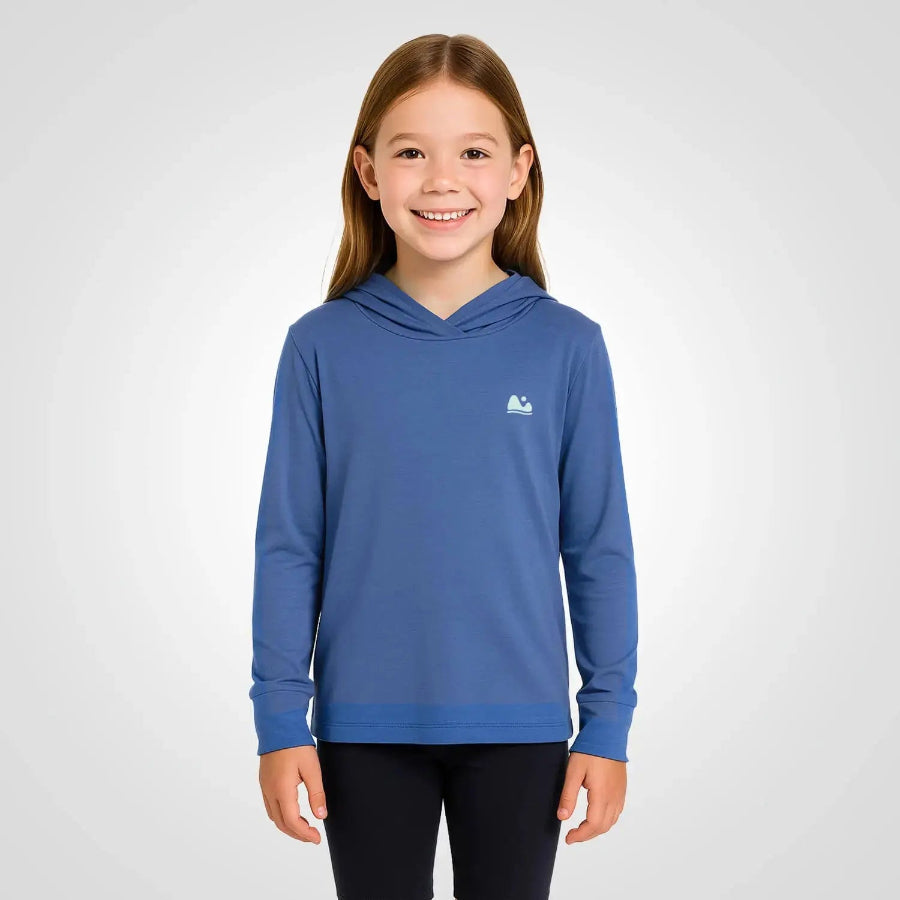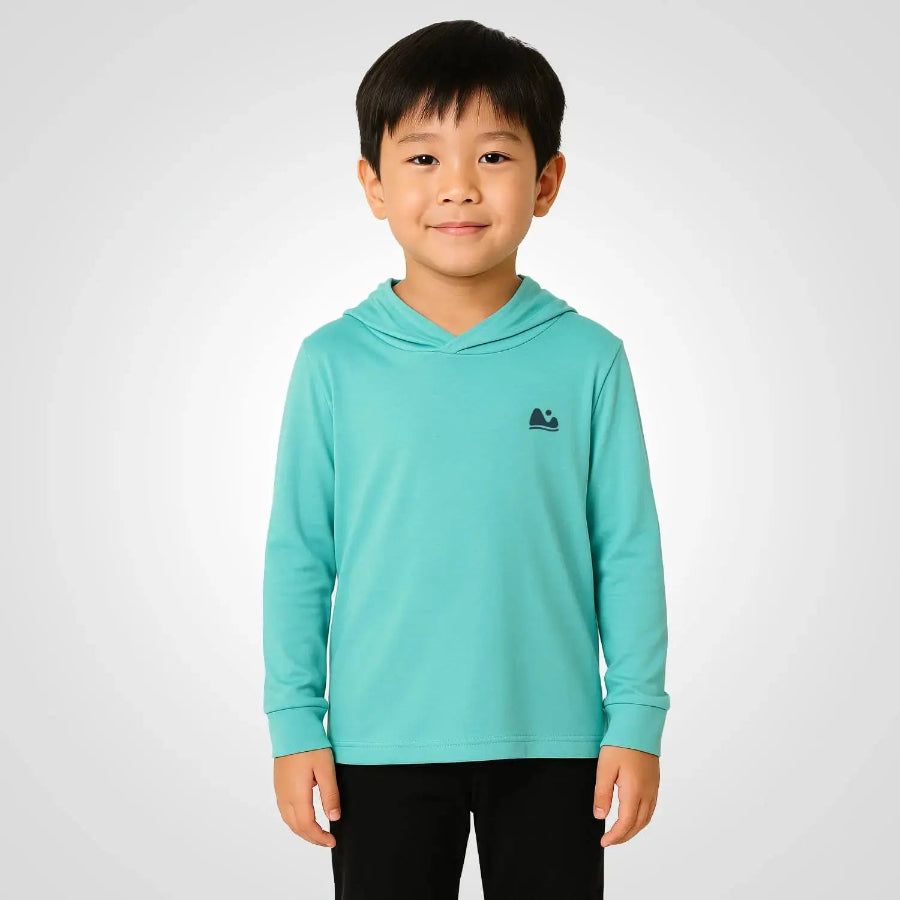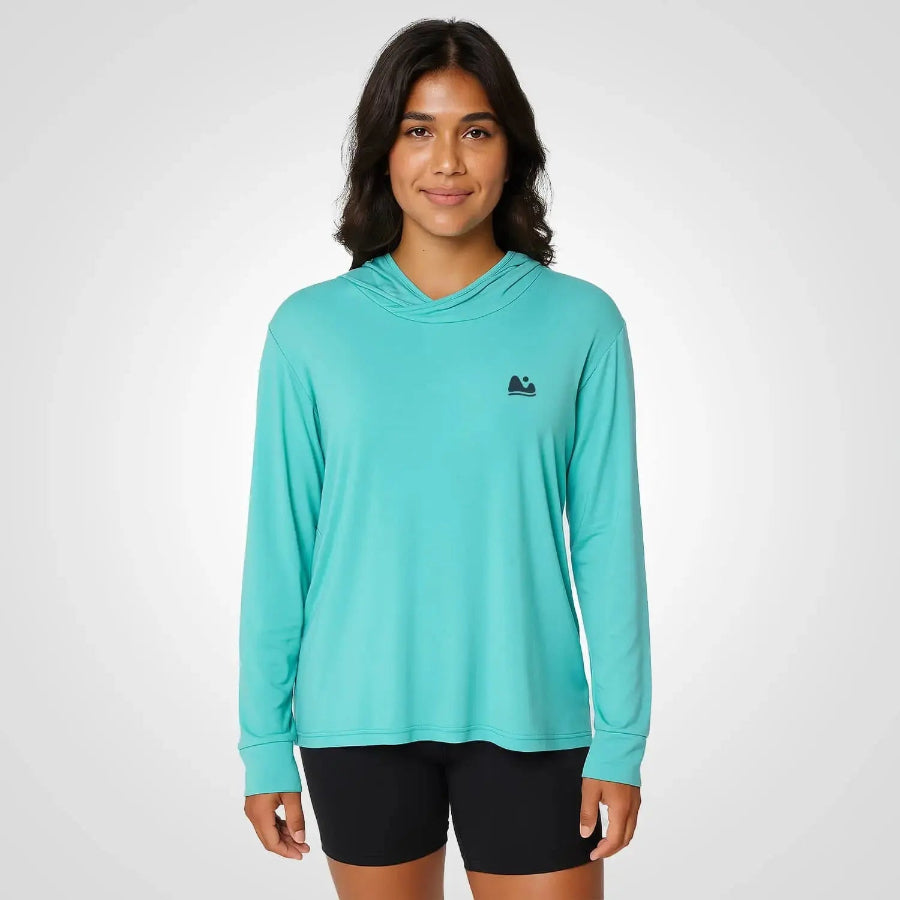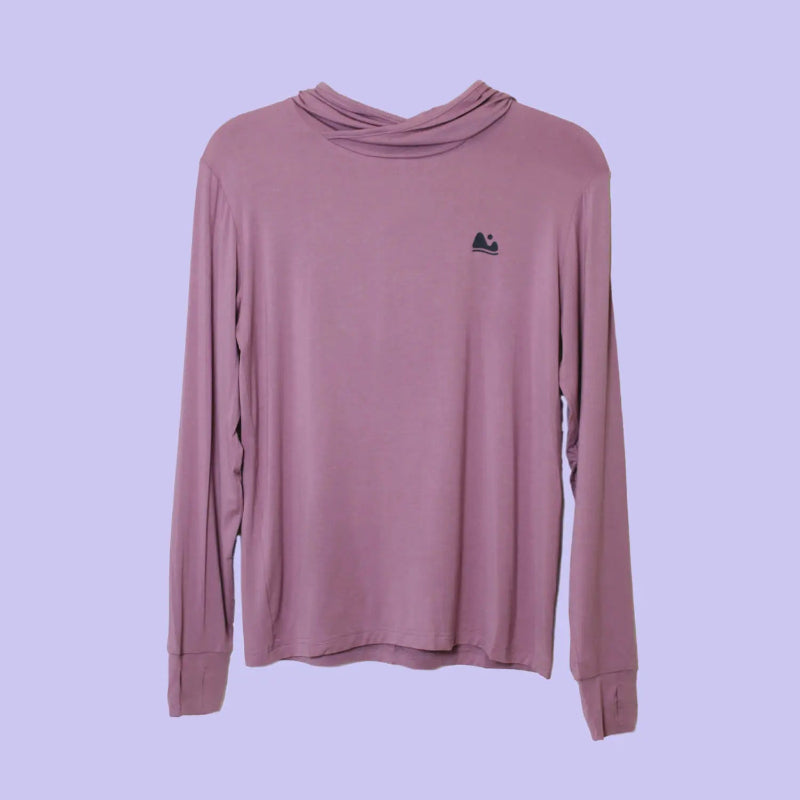Up to 30% off on ONE shirts and Rash guards when you get one for you and one for your little one to match. Automatically applies at checkout.
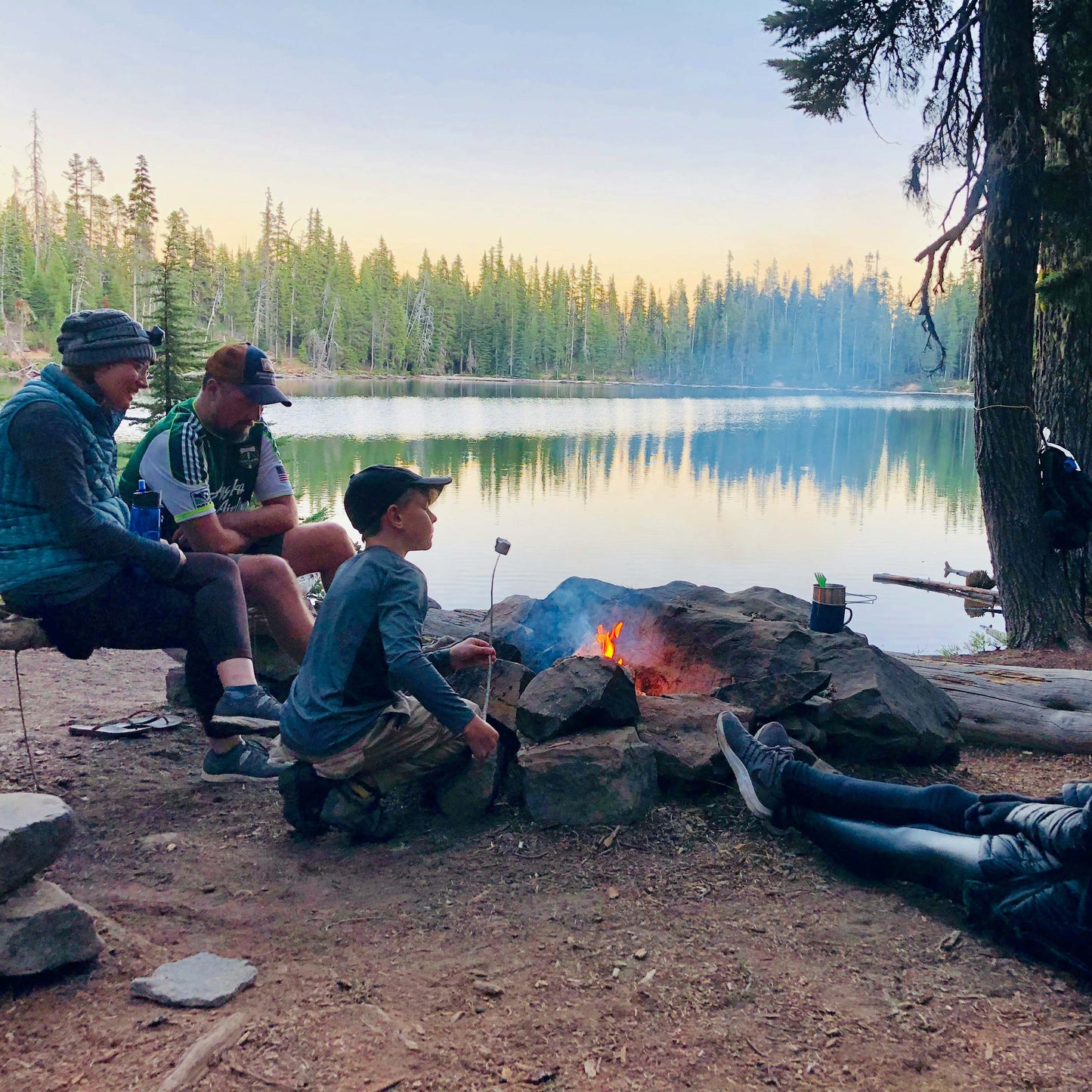
How to Dress Kids for Cold-Weather Camping and Hiking
The first time we took our kids camping in the cold, I packed like we were heading to the Arctic. Puffy coats, two pairs of pants each, thick socks that didn’t fit in shoes, you name it.
And still, someone ended up cold.
Now, after years of trial and error, I’ve learned the secret: it’s not about packing more, it’s about layering smarter.
Here’s how we keep our kids warm, dry, and happy outdoors, whether we’re hiking at sunrise or roasting marshmallows under a frosty sky.
Start with the Right Base Layer
Your base layer is what touches the skin, and it’s the most important layer of all.
It needs to wick away sweat, regulate temperature, and feel soft against sensitive skin.
Our go-to is the ONE bamboo sun shirt, yes, even in the cold.
Here’s why:
- The bamboo fabric is moisture wicking, keeping you dry without overheating.
- It’s silky-soft and never itchy (a big deal for sensory-sensitive kids).
- It works as both a summer sun shirt and a winter base layer, so you don’t need separate gear.
It’s our year-round first layer, warm in winter, breathable in summer, and always comfy.
For really cold conditions, we pair it with bamboo leggings or soft merino bottoms for extra insulation.
Add a Mid-Layer for Insulation
Once the base layer is set, add a mid-layer, this is your heat trapper.
Depending on the weather, that might be:
- A light fleece pullover
- A soft sweatshirt or sweater
- Or for freezing days, a light puffer vest
The goal isn’t bulk, it’s warmth that breathes. If your kid can’t move their arms freely, it’s too much.
For toddlers, one warm mid-layer is usually plenty. For older kids, I keep a second fleece in the car just in case.
Finish with a Weatherproof Outer Layer
The final layer protects from wind, rain, and snow.
Look for:
- Waterproof shells or parkas with hoods
- Elastic cuffs and hems to seal in warmth
- Longer cuts that cover the hips
Avoid heavy cotton coats, they absorb water and stay cold. Instead, choose lightweight, waterproof materials that layer comfortably over the base and mid-layers.
If your family hikes in rain or snow, a thin shell jacket over your existing layers works wonders.
Don’t Forget Extremities
Most heat escapes through the head, hands, and feet, so protect them well:
- Wool-blend socks (not cotton) to stay warm when wet
- Waterproof boots with room for layering
- Mittens over gloves for better warmth
- Soft, snug hats that cover ears
Pro tip: Pack an extra pair of socks and mittens. Kids have a magic ability to find puddles.
Layering in Motion: The Rule of Three
When dressing kids for cold-weather hiking, I use this rule:
“Warm when standing still, cool when moving.”
Kids heat up fast while walking or climbing, so it’s better to start slightly cool. Layers can be added or removed easily as they go.
We usually pack a small “warm-up bag”, an extra fleece, mittens, and the inevitable snack stash, for rest breaks or chilly mornings.
Bonus: Keep Layers Clean and Dry
- Air out layers after each wear.
- Brush off mud instead of washing every time to extend fabric life.
- Rotate ONE Shirts, they dry quickly and don’t hold odor, so you can rewear them day after day.
For our minimalist family, this means less laundry, less packing, and fewer “Mom, I’m cold!” moments.
Why It Works
The right layers make cold-weather play possible and fun.
Your kids stay warm, move freely, and learn that winter isn’t something to escape, it’s something to explore.
Whether it’s camping under the stars or hiking through crunchy leaves, comfort builds confidence, and confidence builds a lifelong love for the outdoors.

